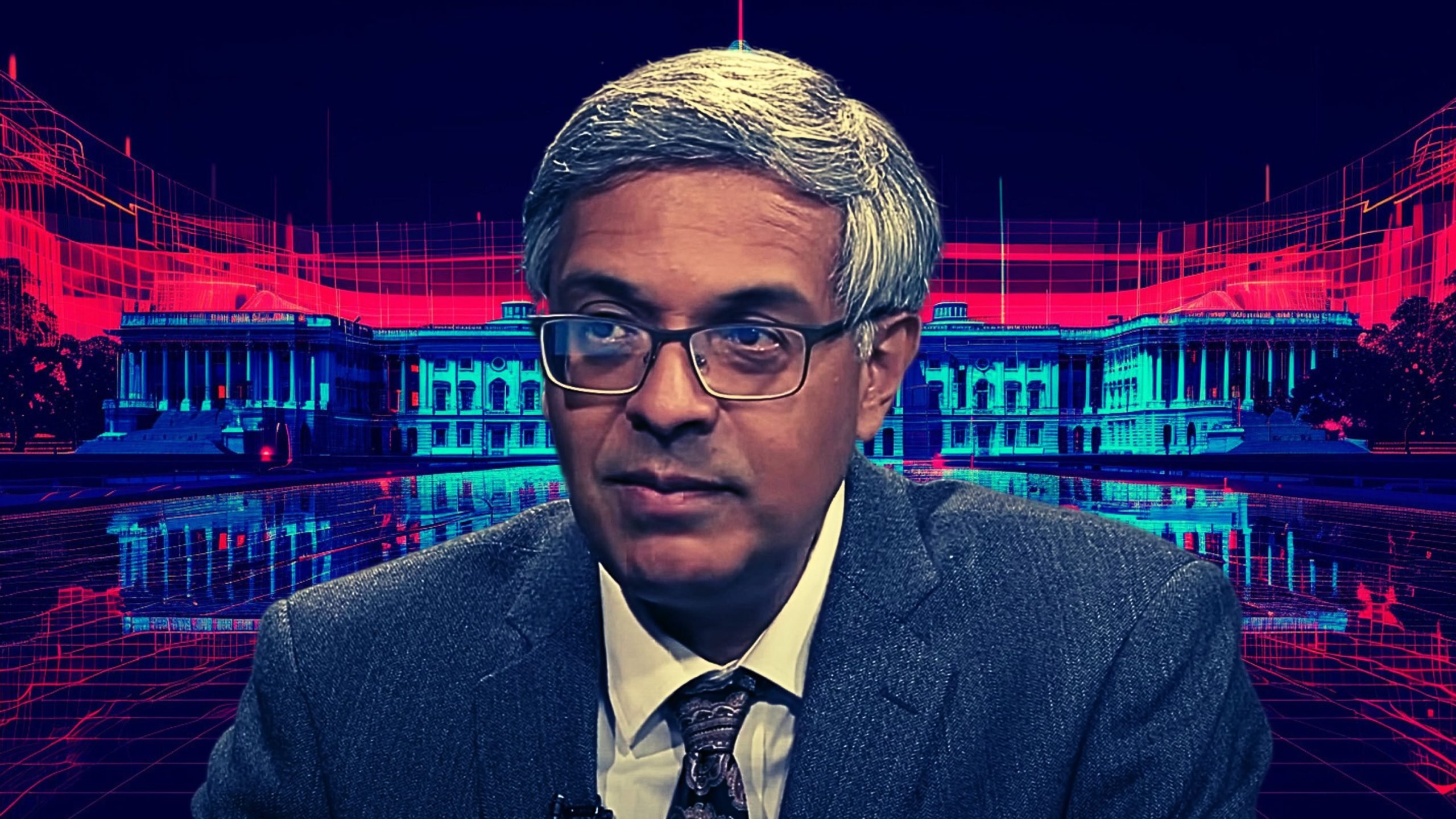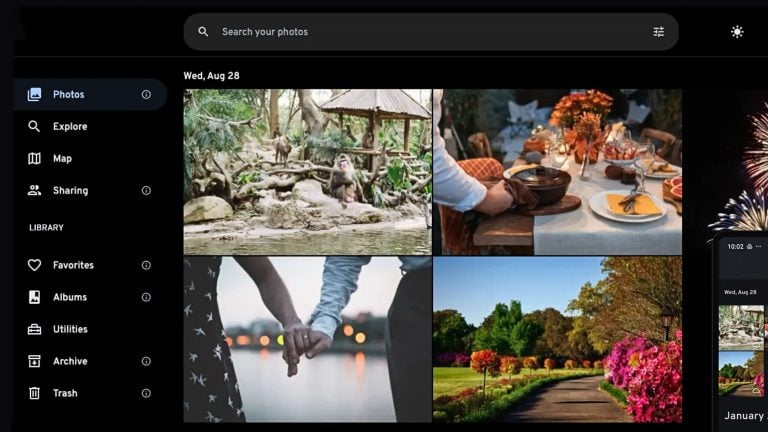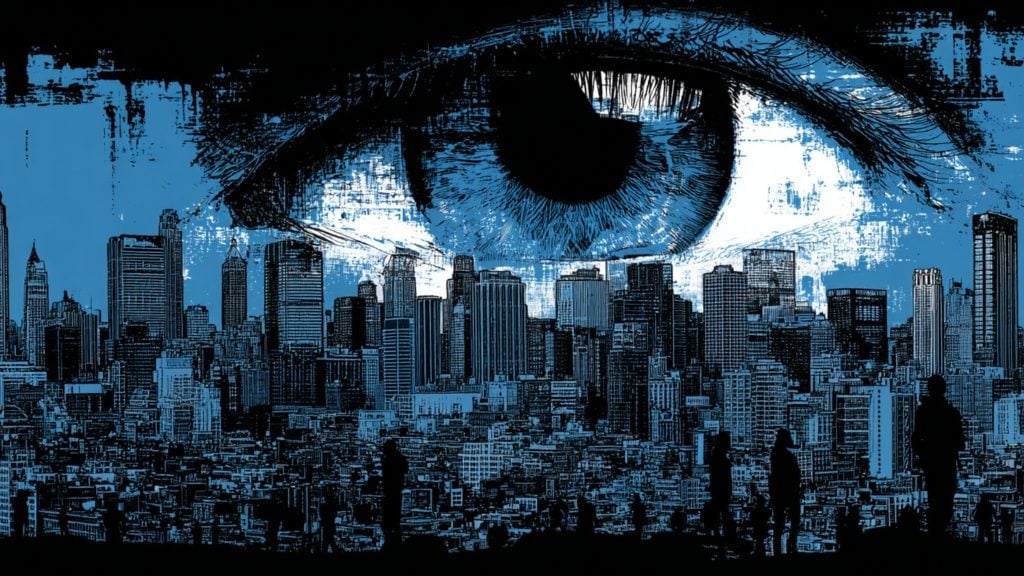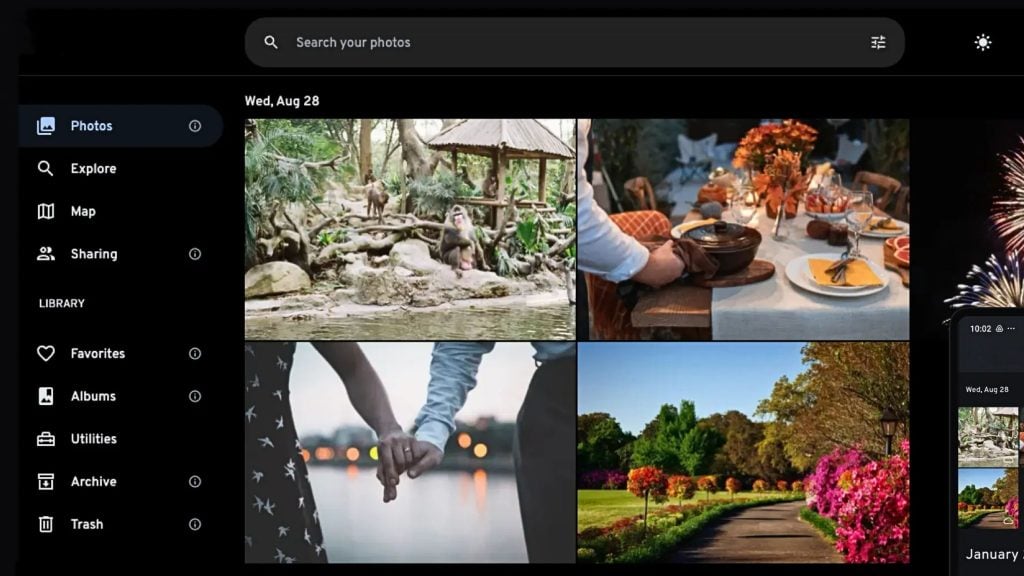Imagine spending your career studying infectious diseases, only to find that the real virus spreading uncontrollably is censorship. That was the reality for Dr. Jay Bhattacharya, a Stanford epidemiologist who committed the unpardonable sin of questioning the COVID-19 lockdown orthodoxy. His punishment? Digital exile, courtesy of Silicon Valley’s Ministry of Truth.
In December 2022, the Twitter Files exposed what many had long suspected: Twitter had quietly placed Bhattacharya’s account on a Trends Blacklist. This ensured that his posts, often critical of lockdowns and mask mandates, would never see the light of day on the platform’s trending topics. In other words, Twitter’s algorithm worked like a digital bouncer, making sure his dissenting opinions never made it past the velvet rope.
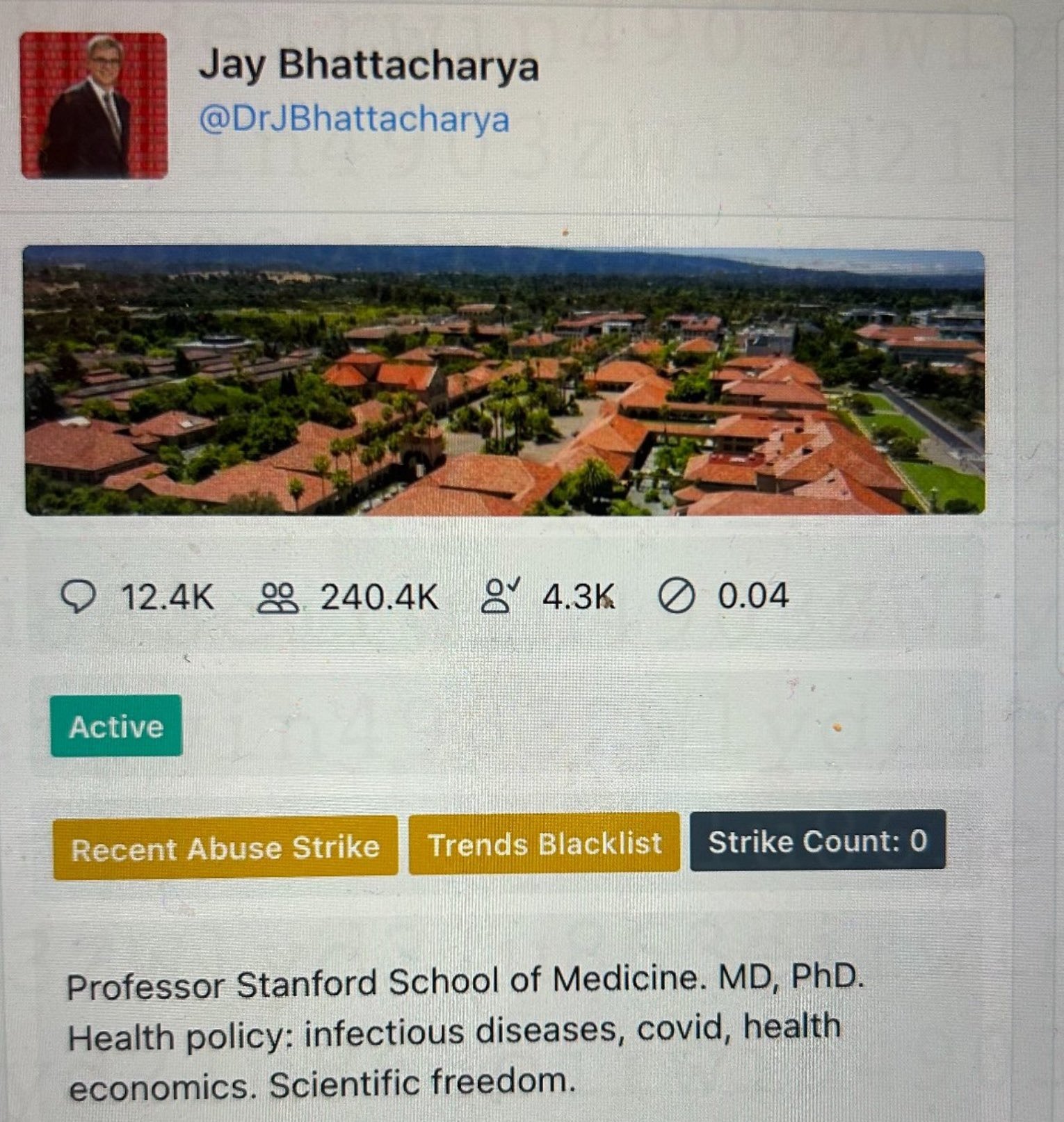
And Twitter wasn’t alone. Facebook, ever eager to please its government handlers, scrubbed the Great Barrington Declaration from its pages. That document, co-authored by Bhattacharya and other esteemed scientists, dared to suggest that maybe, just maybe, locking down entire populations wasn’t the best strategy. Instead, it proposed focused protection for the most vulnerable while allowing the rest of society to function. For this, it was sent to the digital equivalent of a gulag.
These experiences took center stage during Bhattacharya’s Senate confirmation hearing for the directorship of the National Institutes of Health (NIH). Republican lawmakers, who suddenly found themselves cast as the last defenders of free speech in scientific discourse, saw his nomination as a win.
During his testimony, Bhattacharya didn’t mince words. He detailed how the Biden administration played an active role in orchestrating the suppression of alternative views. It wasn’t enough for officials to push their own pandemic policies — they needed to ensure that no one, regardless of expertise, could challenge them in the public square.
The Science™ vs. Science
Bhattacharya’s testimony laid bare an uncomfortable truth: the pandemic was a crisis of speech. “The root problem was that people who had alternative ideas were suppressed,” he told Sen. Ashley Moody (R-Fla.). “I personally was subject to censorship by the actions of the Biden administration during the pandemic.”
In a functioning society, that statement would spark bipartisan outrage. Instead, it barely registered. The people who spent years chanting “trust the science” were never interested in science at all.
Real science thrives on debate, skepticism, and the understanding that no single expert — no matter how credentialed—holds absolute truth. But during COVID, science became The Science™ — a government-approved doctrine enforced by Silicon Valley moderators and federal bureaucrats. Deviate from it, and you weren’t just wrong. You were dangerous.
A Government-Sanctioned Muzzle
Bhattacharya wasn’t silenced in some haphazard, accidental way. The Biden administration actively leaned on social media companies to “moderate” voices like his. In practice, that meant tech executives — most of whom couldn’t tell a virus from a viral tweet — decided which epidemiologists the public was allowed to hear.
He responded with a lawsuit against the administration, accusing it of colluding with Big Tech to crush dissent. But in a ruling as predictable as it was revealing, the Supreme Court dismissed the case, arguing that Bhattacharya and his fellow plaintiffs lacked standing. Meaning: Yes, the government may have pressured private companies into silencing critics, but unless you can prove exactly how that harmed you, don’t expect the courts to care.
The Real Role of Science
Despite everything, Bhattacharya didn’t argue for scientists to dictate policy. Unlike the public health bureaucrats who spent the pandemic issuing commandments from their Zoom thrones, he made it clear: “Science should be an engine for freedom,” he said. “Not something where it stands on top of society and says, ‘You must do this, this or this, or else.’”
That distinction matters. Science informs, but policy is about trade-offs. The problem wasn’t that officials got things wrong — it’s that they refused to admit the possibility. Instead of allowing open debate, they silenced critics. Instead of acknowledging uncertainty, they imposed rules with absolute certainty.
Bhattacharya wasn’t censored because he was wrong. He was censored because he questioned people who couldn’t afford to be.
His confirmation hearing made one thing clear: science wasn’t about data. It was about power. And in Washington, power doesn’t like to be questioned.
Science, Money, and Power
At the heart of the hearing was a fundamental question: Who controls science that people are allowed to talk about? The NIH, with its $48 billion budget, is less a research institution and more a financial leviathan, shaping the direction of American science through the projects it funds (or doesn’t) fund.
Bhattacharya’s nomination comes at a moment when the battle lines around scientific freedom, government intervention, and public trust in research are more entrenched than ever. The pandemic shattered the illusion that science was above politics. Instead, it exposed just how much political and corporate interests shape what counts as “settled” science.
The irony is thick enough to cut with a knife. The man once branded too dangerous for social media, blacklisted for questioning lockdowns, and effectively erased from mainstream discourse is now being handed a key role in the very government that tried to silence him. Dr. Jay Bhattacharya, once forced to the margins, is now at the center of power.
A new administration has decided that maybe — just maybe — silencing dissenting scientists wasn’t the best pandemic strategy. And in a twist no Hollywood scriptwriter would dare to pitch for being too on-the-nose, Bhattacharya wasn’t being welcomed back into the conversation — he’s being put in charge of it.
Bhattacharya was confirmed following a party-line vote Tuesday evening. The decision came after a similarly partisan endorsement from the Senate Committee on Health, Education, Labor and Pensions (HELP), clearing the final hurdle for President Donald Trump’s nominee.
Equally central to his testimony was Bhattacharya’s call for a sweeping shift in NIH priorities. He proposed a decentralization of research funding, stressing the need for greater inclusion of dissenting voices in the scientific process, an apparent rebuke of the consensus-driven culture that dominated during the pandemic. He emphasized targeting resources toward projects with a clear and measurable impact on public health, dismissing other NIH initiatives as “frivolous.”
Now seated at the helm of the National Institutes of Health, Dr. Jay Bhattacharya is poised to reshape not only the agency’s research priorities but the very culture that pushed him to the fringe. His confirmation, hard-won and unapologetically political, is already shaking the scaffolding of a scientific establishment that long equated conformity with consensus.

